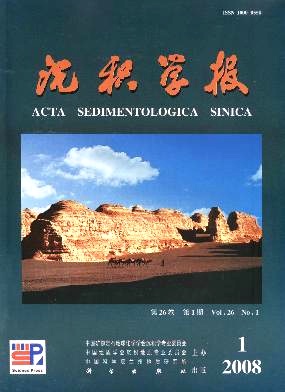Microstructure and Fossilized Bacteria in Seep Carbonates from An Active Gas Vent in Green Canyon Block 238 of Gulf of Mexico
- Received Date: 1900-01-01
- Rev Recd Date: 1900-01-01
- Publish Date: 2008-02-10
-
Key words:
- seep carbonate /
- microstructure /
- methane oxidizing archaea /
- sulphate reducing bacteria /
- Gulf of Mexico
Abstract: Seep carbonate were collected in an area actively seeping methane in the Green Canyon Block 338 of Gulf of Mexico, which is composed of microcrystalline calcite, cement and pyrite framboid. The cement is composed of speroidal, oval, and rodshaped particles ~0.1 to 0.5 μm in diameter that filled the pores between the calcite crystals. The underside of the carbonate crusts occurs a microlayer consisted of ball, worm, rodshaped calcite particles. The larger ball (~5μm) in the microlayer has a distinct cores surrounded by an outer shell which both consists of smaller calcite particles. Pyrite framboids are also arranged in an inner core surrounded by an outer layer. These layeredstructure characteristics of the carbonate balls and the pyrite framboids are similar with living colonies of methane oxidizing archea (MOA) and sulfate reducing bacteria (SRB). The speroidal, oval, and rodshaped particles and layeredstructure in the carbonate crusts suggest that these could be fossilized MOA and SRB bacteria.
| Citation: | GUAN Hongxiang. Microstructure and Fossilized Bacteria in Seep Carbonates from An Active Gas Vent in Green Canyon Block 238 of Gulf of Mexico[J]. Acta Sedimentologica Sinica, 2008, 26(1): 61-69. |






 DownLoad:
DownLoad: